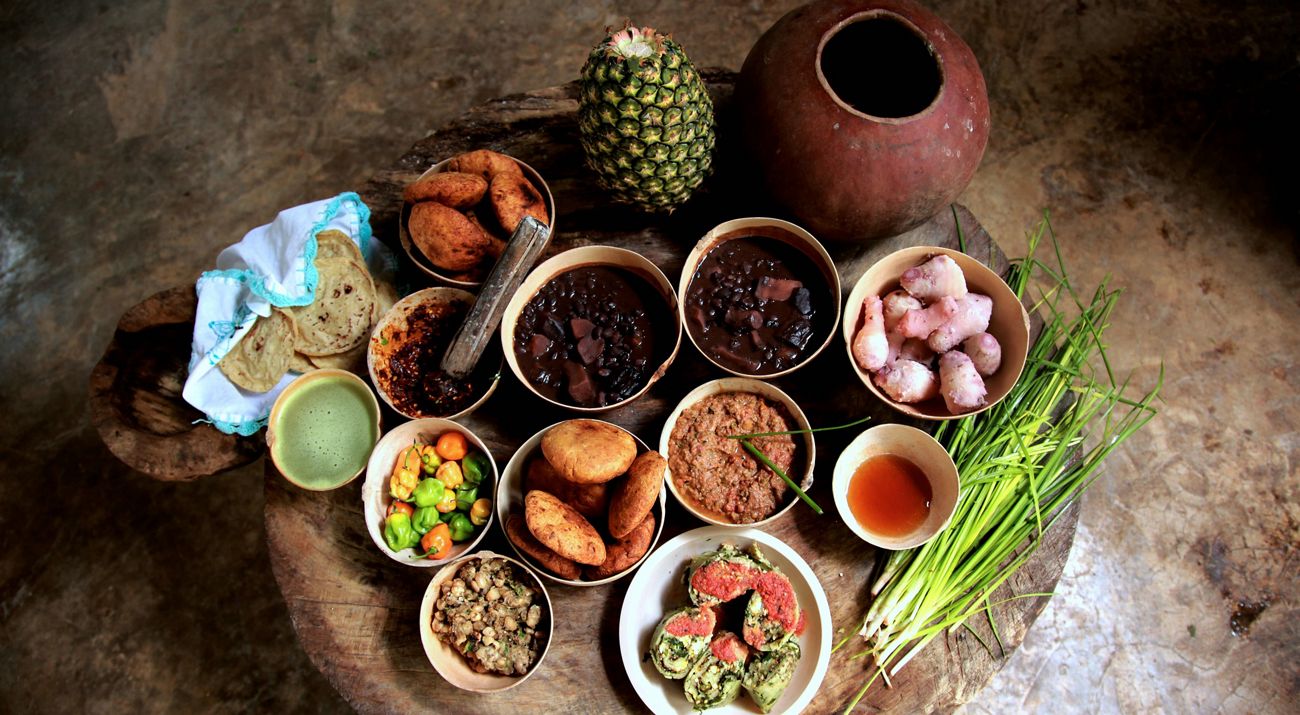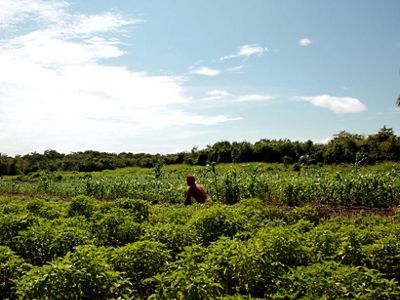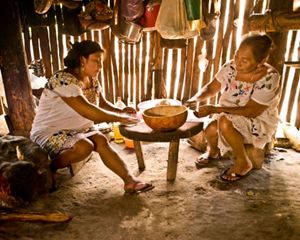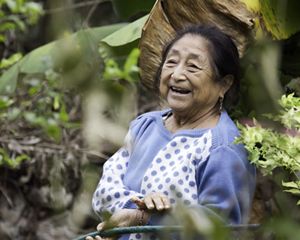
Cooking up Solutions to Forest Sustainability
By Ginya Truitt Nakata, Former Director of Lands, Latin America
Sometimes if we look closely enough at our problems, we can find solutions hiding in plain sight.
This is certainly the case with Latin American agriculture, particularly regarding the challenges the region faces in expanding production to meet global food security needs while preserving vital natural habitats and helping to reverse climate change.
We’re talking about a region where the deforestation rate is already triple that of the rest of the world. And experts say that by mid-century, Latin America will have to provide half of the world’s new cropland that will be needed to keep pace with the demands of the world’s growing population.
The Yucatan Peninsula is at the very center of this challenge. It loses more than 80,000 hectares of forest each year, mostly to inefficient and expansive conversion to ranchland and cropland.
But take a peak under the Yucatan forest canopy and you’ll find that it doesn’t have to be this way: that it is indeed possible to scale up food production while preserving the landscape and the climate, and delivering opportunities for farming communities to thrive in the process.
The key to this can be summed up in traditional Yucatecan farming and cooking, which together offer a lesson in sustainability, diversity, and adaptation from which policymakers in the region can learn a great deal as they chart a future for agricultural and rural development.
With regard to sustainability, the Mayan farming system, consisting of farm plots that rotate around stands of trees over 20-year periods, is one of the main reasons why, under pressure to clear and convert, much of the forests of the Yucatan Peninsula remain standing. The Mayans know that the forest is as essential to their food production as the seeds or the soil. So they have protected it for millennia.
For diversity, we can look to the traditional Yucatecan cuisine, which uses ingredients produced by milpa, an efficient Mayan farming technique that mixes corn, beans, squash, and a myriad of other crops in the same field. The corn provides stalks for the beans to climb and the squash spreads over the soil to keep the weeds out. And the trees in the forest are considered to be partners, not obstacles, to production, as the Mayan tol che system advances diversity by interspersing tree stands with the crop fields, providing blossoms for bees to make honey and habitat for wild game. Meanwhile, Mayan families traditionally complement the ingredients from their fields and forests with vegetables, fruits, and chiles from their “solar” or patio gardens.
The uniqueness of the Yucatecan cuisine is furthered by the Mayans’ adaptation of their cooking techniques as they address the challenges of preserving food in the sweltering heat. This has led to pibil, which involves wrapping pork (or another meat) in banana leaves, marinating it in sour orange and achiote—a sweet, slightly peppery red sauce made from annatto seed, a plant found in the tropics—and baking it in a hand-dug barbecue pit in the ground for several hours.
What better way to emphasize all of this—and to highlight the value and promise of traditional farming practices that focus on preserving land, water, and forests—than to focus on the sweet, sour, smoky, and spicy flavors that make Mayan cooking so alluring?
Accordingly, The Nature Conservancy has teamed up with the Kooben Gastronomy Festival and five of Mexico’s top chefs to share their stories about how the way food is produced has a big impact on Mexico’s world-famous cuisine, and to celebrate this connection between healthy forests and world-renowned ingredients.
In our work with farmers and ranchers across the Yucatan, The Nature Conservancy has seen first-hand the benefits of silvopastoral practices that are based on centuries-old local techniques and supported by modern mapping and land-use planning technologies. We’ve seen cows per hectare increase five-fold, milk production more than double, and crop yields go up by more than a third. With these increases we’ve seen small agricultural operations grow and family incomes rise. And all without clearing any new forests or cropland.
Sustainability, diversity, and adaptation—from the Yucatan countryside to your table—is demonstrating in the most delicious way that increasing food production does not have to come at the expense of the world’s most precious forests and other natural habitats.
Originally Posted on Chicago Council on Global Affairs on November 1, 2016.



